In this example of a model for a piezo element, there is an inductive component (I think this is a quartz crystal model -- it should not matter for the question. This graphic was also used here and here):
As the piezo vibrates, there are two forms of energy storage going on... capacitive, and inductive (or something like inductive). I believe that the inductive component comes from the piezoelectric effect, which relates electric field across the ceramic to its expansion on one side, and contraction on the other side. But there is also a mass-related momentum storage-of-energy involved, which means that we can increase the amount of energy that can be stored (at a particular voltage, 50% duty cycle, square waveform, lower frequency). Can I add a small weight to the vibrating mass, thereby increasing the stored "inductive" energy? (or what I'm hoping is the inductive component). And are there any other ways to do this, like adding stiffness (a little), springs on both sides, or connection to a tuning fork tine?


